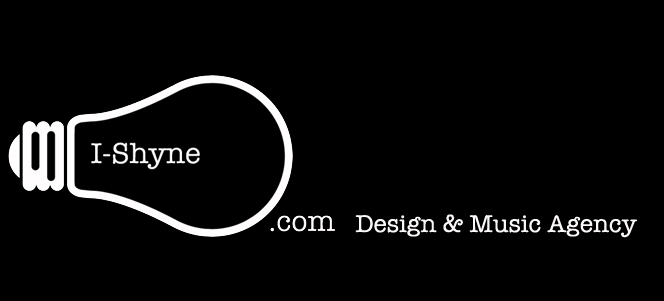
Post Summary
-
Date
18 January 2013, 06.54 PM
-
Posted by
ishyne
-
Posted on
Business
-
Comments
0
Everything about Helvetica
For Helvetica, an explanation of its history helps to explain its longevity. Most typeface designs are the result of fashion or changes in taste; some are technologically driven. When iron printing presses were introduced around 1800, sharper, crisper types such as Bodoni and Didot were created. When laser printers came along in the mid-1980s, with their bitmapped fonts, students in Holland began producing typefaces that reflected the quality of the poor printing. Letters in Studie (Eindhoven, Lecturis, 1983) shows examples by Jelle Bosma and Petr van Blokland designed on a 40-pixel grid. Emigré, an early digital type foundry, produced Oakland (1985) and other lo-res types for the market.
So, fashion and technology, which are ever evolving as they become obsolete, are as influential on type design and typography as on any other medium, from dressmaking to car design. When printing technology became so good that uniformly smooth, crisp faces were the norm, designers longed for the grit and noise found in old letterpress posters and started a fad for trashed and distressed faces. But like everything else that is fashionable, typefaces retire to await a future recall.
The art of reviving typefaces began in the Victorian era, and among the choices of contemporaries, the original Caslon is a model that has endured. In the 20th century, typeface revivals seemed to outstrip new designs. Production accelerated as two big companies, Linotype and Monotype, tussled in the field. The head of typeface development at the British Monotype Company, Stanley Morison, said, “Type today does not require inspiration so much as investigation.” He led the charge into the past with modern versions of the types Aldus (Bembo), Fournier, Bell, Walbaum and others. Linotype (under George W. Jones) countered with superior versions of Granjon (ironically named as it is the best Garamond copy of the metal era), Baskerville and Janson.
At that time, two sans-serif types introduced in the late 1920s dominated the market for advertising. These were Monotype Gill Sans and Futura, of the German Bauer foundry. Suddenly there was a rush to create, imitate or revive sans-serif types. The Berthold foundry of Berlin dusted off the matrices for its Akzidenz Grotesk (1898), while their rivals, the Haas Type Foundry of Basel, decided to rework Schelter Grotesk, which had been issued by the Leipziger Schelter & Giesecke foundry in 1880. This became Neue Haas Grotesk in 1957, which was then picked up by the Stempel foundry in Frankfurt. It wanted to identify the type with the emerging popularity of Swiss graphic design and chose the ancient Roman name of Switzerland, Helvetia, and so Helvetica was reborn in 1961.
Speaking of which, the US government (which uses Helvetica for tax forms and other official printed matter) specified it for “generic packaging” in (wouldn’t you guess?) 1984 (see top of page). Everyone blindly accepts Helvetica, most of them we assume because they follow leaders like lemmings, but why do they extoll its worth? Is it a great international hoodwinking conspiracy, like the Emperor’s New Clothes?
In 1993, Robert Norton, who was a Microsoft bagman, invited prominent people in the field of typography to contribute to a book entitled Types Best Remembered / Types Best Forgotten (London & Kirkland, Washington, Parsimony Press) and write about their favorite and least favorite typefaces.
Peter Karow (who created the Ikarus program for type digitization) wrote about Helvetica: how he had digitized it in various clones throughout the 1970s and 1980s as competing companies put out their own similar versions. It was his favorite, it seems, but with reservations. In 1993, he relates, Stefan Rögener told him that “90% of creative directors use Helvetica, Futura, Garamond and Baskerville. Give me a pistol!”
